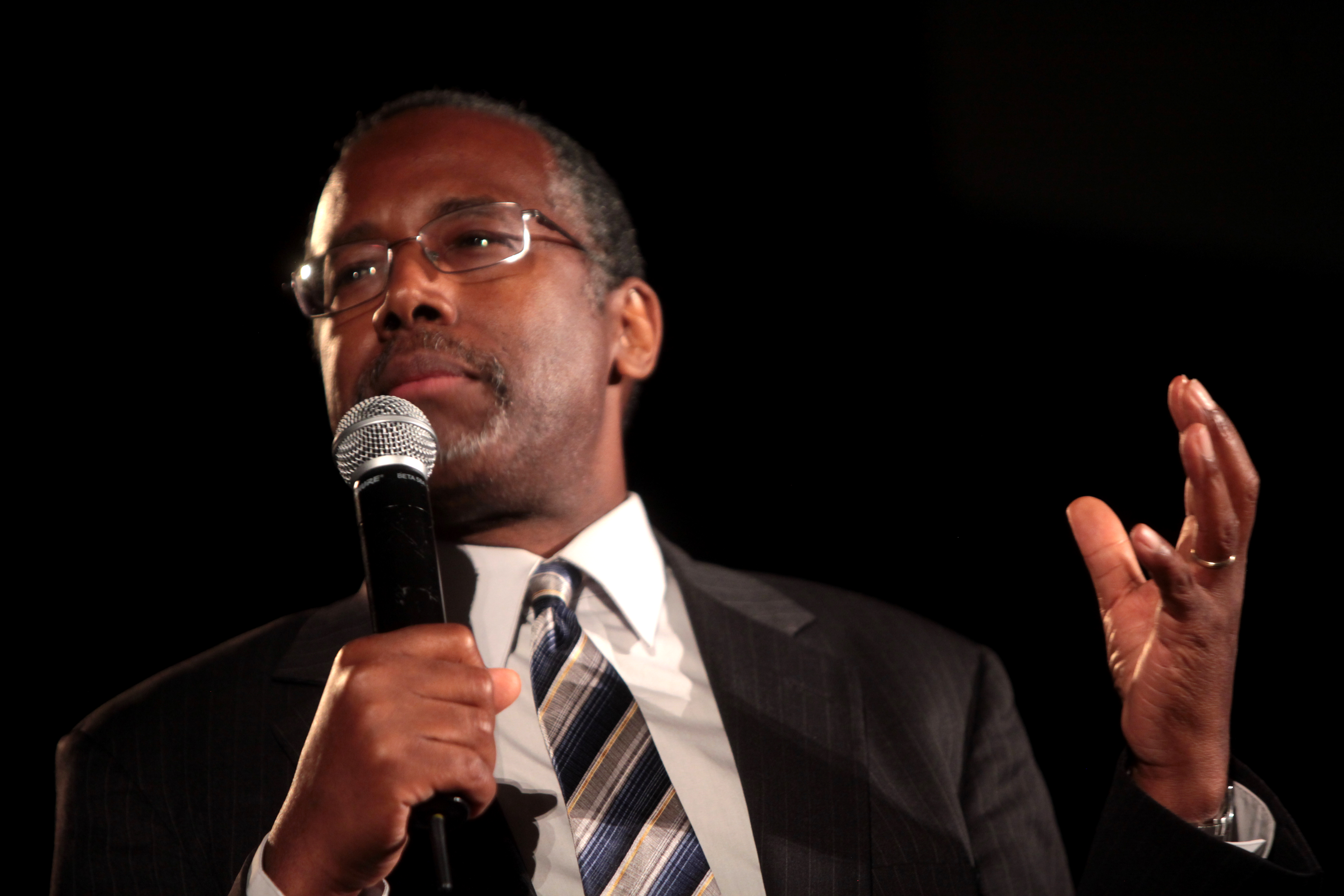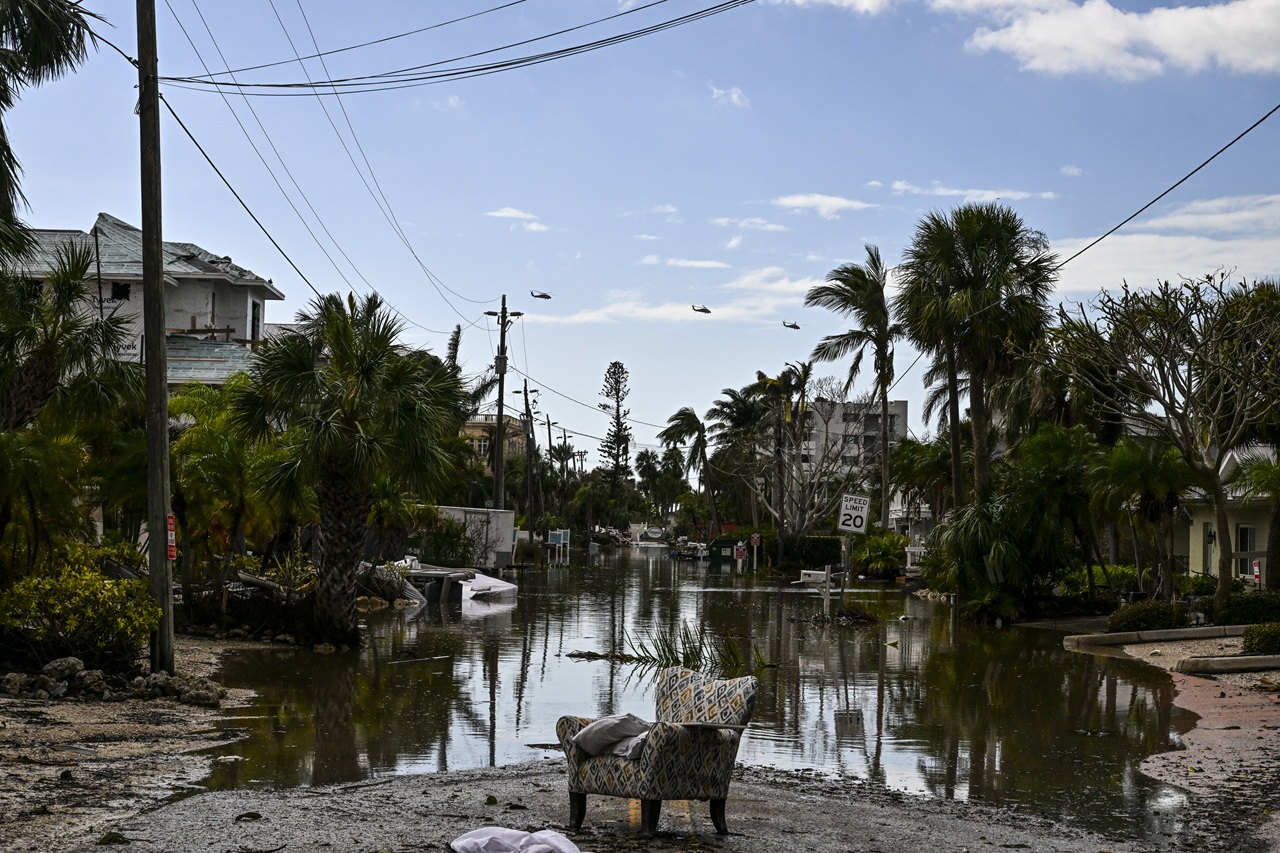
#SlavesAreNotImmigrants Why Ben Carson is wrong
"That's what America is about, a land of dreams and opportunity," Carson said. "There were other immigrants who came here in the bottom of slave ships, worked even longer, even harder for less. But they too had a dream that one day their sons, daughters, grandsons, granddaughters, great-grandsons, great-granddaughters, might pursue prosperity and happiness in this land.”
"That's what America is about, a land of dreams and opportunity," Carson said. "There were other immigrants who came here in the bottom of slave ships, worked even longer, even harder for less. But they too had a dream that one day their sons, daughters, grandsons, granddaughters, great-grandsons, great-granddaughters, might pursue prosperity and happiness in this land.”
These are the words of Ben Carson, Secretary of Housing and Urban Development, as he offered policy specifics during his first official address to employees on Monday. And while there has been a collective expression of outrage from liberal groups throughout the country, specifically from the NAACP and ACLU, there is something vitally missing from the conversation: the acknowledgment of those we now classify as immigrants whose ancestors were transported to the Americas as slaves.
Afro-Latinos, forced to identify along the racial structure systems created by the United States in the communities they live in, are the exact response to Ben Carson's original statements that the experiences of slaves and immigrants can be the same and both the counter that they are not.
In fact, the history of many in the U.S. and particularly Afro-Latinos is that these experiences can combine and separate within the same families and the same experiences, in a nation that holds on so tightly to strict racial identification.
Who gets to be classified as 'black' or even Latino in the U.S. is often so haphazard and so over simplified that there are many who are lost in the tracks. And the implementation of the 'one-drop rule' where slaves were considered black no matter their color or ancestry if they could refer to a black family member generations behind them is just one example of how strongly America holds on to it's racial systems.
Data from the Gilder Lehrman Institute of American History states that "Well over 90 percent of enslaved Africans were imported into the Caribbean and South America. Only about 6 percent of African captives were sent directly to British North America.”
"When people think of slavery they think of the U.S. but a lot of slavery happened in the Caribbean but the history goes way back," says María E. Mills-Torres, educator and Board Member of Taller Puertorriqueño.
And while the data from the institute indicates that the influx of slaves were brought to the Americas, a quarter of Africans were held in U.S. by 1825. "A lot of the slaves ended up on the coast," says Maria E. Mills-Torres.
"Slavery in the U.S. was distinctive in the near balance of the sexes and the ability of the slave population to increase its numbers by natural reproduction. Unlike any other slave society, the US had a high and sustained natural increase in the slave population for a more than a century and a half.”
Large plantations and record reproduction rates in the United States led to a boom in slavery, while the high death rate in the Caribbean and Latin American countries led to a greater decrease and thus a constant need for more slaves to serve as replacements, according to the institute.
But the black population in Latin American countries still thrived and while the idea of mixing still permeates throughout the Caribbean, once on U.S. soil, Latinos are immediately forced to identify along the color lines this country has held on to for centuries.
"So for us, those who are Afro-Latino or Afro-Boricua, you come here and people tell you, 'You can't be Latino. There are no black people in Latin America. Everyone's mixed,'" says historian Hector Bonilla.
The thousands of people who identify as Afro-Latino, those who, if their origin was the United States during slavery or Jim Crow would be classified as black, are the very intersection of these experiences.
"In Latin America, race is still taboo. The idea is that because everybody is mixed, there is no racism. People have mixed in the United States too," said María E. Mills-Torres.
Carson soon compromised on his statements later Monday night in a Facebook post on his personal page, writing that immigrants and slaves went through "two entirely different experiences," but as these historians say, those experiences can be intertwined in ways that are often neglected.
Carson went on to say, "Slaves were ripped from their families and their homes and forced against their will after being sold into slavery by slave traders," he wrote. "The Immigrants made the choice to come to America. They saw this country as a land of opportunity. In contrast, slaves were forced here against their will and lost all their opportunities. We continue to live with that legacy.”
So while spectators fight to compare the experiences of those of immigrants versus those who are slaves or descendants of slaves, the one group that is ignored is the group of those who can pinpoint the impact of both of these experiences in their own lives.











LEAVE A COMMENT: